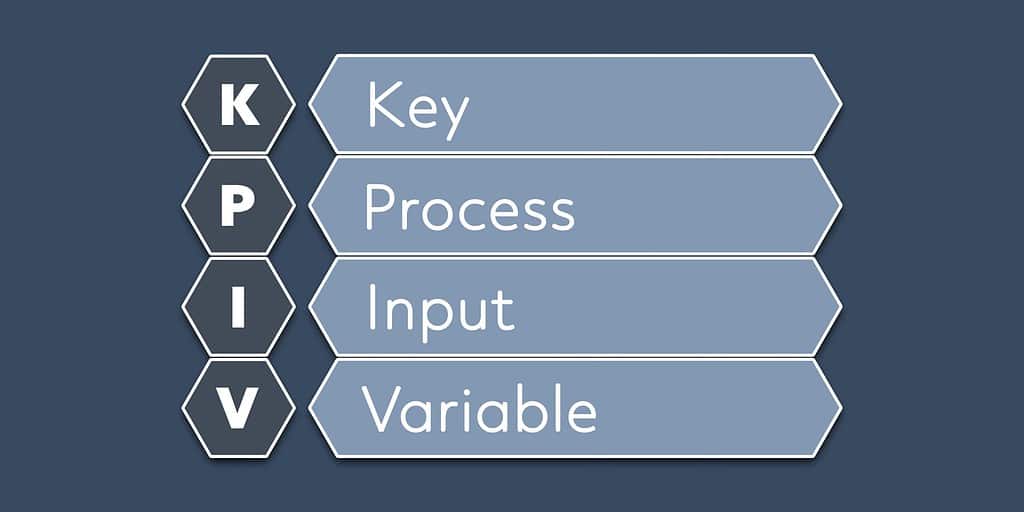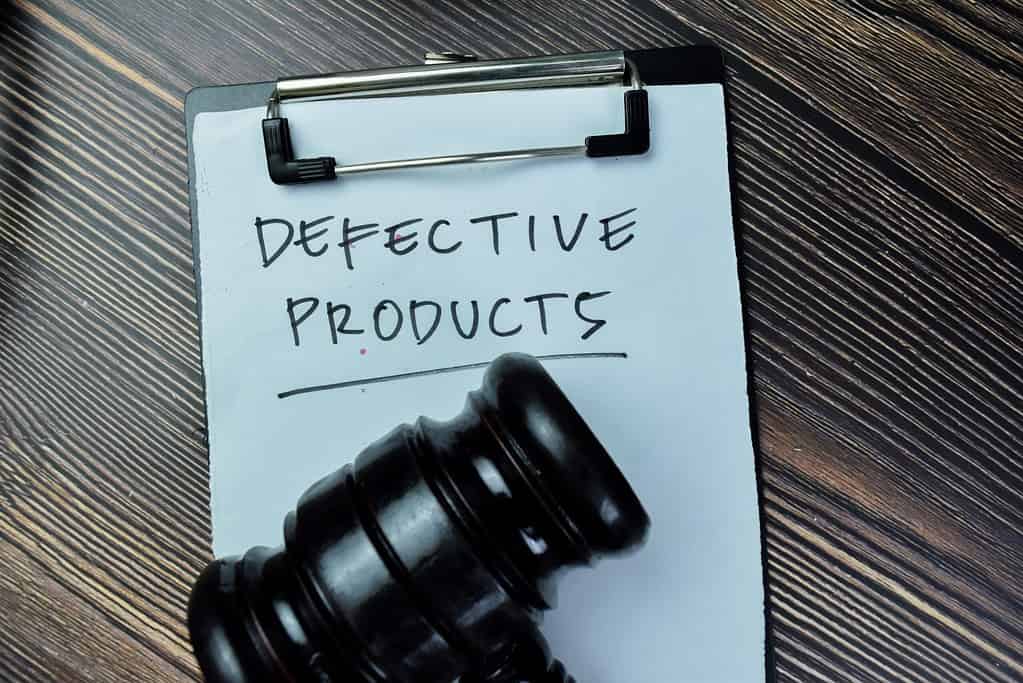Category: Concepts

The Importance of Fisher’s (1-way ANOVA) in Statistical Analysis
Published:Fisher’s 1-way ANOVA is a classic analysis of variance utilized in statistics to determine if there are statistical differences between the means of two or more unrelated groups.
Read more »
Homogeneity of Variance and Statistical Inference: What You Need to Know
Published:There are several statistical tests which assume that independent data sets have equal, similar or equivalent variances. Violating this assumption could render any statistical conclusions invalid.
Read more »
Key Tools for Defect Reduction in Lean Six Sigma Processes
Updated:Lean Six Sigma is a system that measures how well a process operates, with “six sigma” being the level of perfection in which processes operate at or below 3.4 defects per million units produced. In order to achieve this, companies must eliminate all but the most critical process steps and then re-engineer those remaining steps to be more efficient and effective.
Read more »
Strengthening Business Health: Lot Tolerance Percent Defective as a Vital Tool
Published:It is important in business to have a sampling system in place to determine when to dump a pack of units dumped due to an unacceptable amount being defective. LTPD is part of this sampling system.
Read more »
Visual Controls: Managing Processes With a Glance
Published:When things go wrong in the process, how do you know? And how do you know what to do?
Read more »
Leveraging Key Process Input Variables for Success
Published:Complex products and processes can often yield significant variation in output, with resultant poor customer satisfaction, especially when process inputs are not well controlled. By understanding and controlling our key process input variables, we have the perfect approach to keep output variation in check.
Read more »
Project ROI: A Key Metric for Project Selection and Resource Allocation
Published:Financial project metrics can be cumbersome to use and jargon-heavy. We demystify and simplify project return on investment, making the concept accessible to all and giving you the confidence to use it in your project management operations.
Read more »
Tips for Interpreting Discrete Data: Understanding Category Variables
Published:Understanding discrete data will give you yet another tool for understanding your process measure or outcome. This article will explain the tips and traps of using discrete data in process improvement.
Read more »
Machine Capability Index: A Tool for Authentication and Verification
Published:If you have a new machine or equipment, you need to be able to determine if it is going to have the potential to make the cut. That is where Cmk comes in.
Read more »
How the Toyota Production System Can Improve Your Business Processes
Published:The Toyota Production System (TPS) serves as the foundation for Lean Manufacturing. Let’s explore this powerful method for improving your processes. The Toyota Production System (TPS) is a manufacturing philosophy and a set of management practices developed by the Toyota Motor Corporation. It emphasizes continuous improvement, just-in-time production, and efficient use of resources, […]
Read more »
Deming’s 14 Points: A Blueprint for Achieving Quality and Productivity in Business
Published:Deming’s 14 Points provide a roadmap to transform American Business and increase productivity and competitive position. Without W. Edwards Deming, modern quality improvement might not exist. If you have never heard of Dr. Deming or his 14 Points for Management, welcome aboard. If you have, get ready to reacquaint yourself. What Are Deming’s […]
Read more »
The Benefits and Drawbacks of Box-Cox Transformation: What You Need to Know
Published:In many industries, it is possible to find distributed data that does not follow the typical bell-shaped curve. In some instances, you will find that there is a much longer tail on the right side. This type of distribution follows the 80/20 rule, which states that roughly 80% of consequences come from 20% […]
Read more »
Attribute Data: Quantifying the Qualitative
Published:You will often see attribute data and discrete data being used interchangeably. At some level, they are similar. But, if we dive a little deeper, you’ll see that there’s a bit more distinction than meets the eye.
Read more »
Process Time: Boosting Efficiency
Published:Process time is the time it takes for one or more inputs to be transformed into a finished product or service by a business process.
Read more »
Exploring the Path to Achieving World-Class Quality
Published:Achieving world-class quality isn’t something every organization can do, because so much of what makes it possible cannot be taught. It boils down to mindset and certain character traits that some people have, some people don’t. Do you?
Read more »
The Non-Conformance Process: Five Vital Steps to Rectify Issues
Published:The definition of non-conformity is provided and then described with examples of what non-conformities involve, giving examples of the process approach to facilitate the management of the non-conformities.
Read more »
Predicting Success: A Comprehensive Guide to Trend Analysis Tools
Published:Do you possess a crystal ball to see what the future brings for your organization? Probably not, but you do have a statistical version of a crystal ball by using trend analysis.
Read more »
Quality Operating System (QOS): Delivering Constant Quality
Published:With increasing competitive and market pressures, understanding customer requirements and delivering high-quality products, processes and services has never been more important. By implementing a Quality Operating System, you can ensure that quality improvement is every employee’s responsibility and focus.
Read more »
Predetermined Motion Time System (PMTS): Maximizing Efficiency and Productivity
Published:A predetermined motion time system can be useful for everything from estimating labor costs to balancing production lines. It is a concept worth exploring for its myriad applications.
Read more »
Understanding Rejectable Quality Level: Key Concepts and Applications
Published:When it comes to sampling plans, there are some terms that are absolutely crucial to be aware of. These are Acceptable Quality Level (AQL), Indifference Quality Level (IQL), and Rejectable Quality Level (RQL).
Read more »
I-MR Chart: Understanding Your Process Stability
Published:The Individuals-Moving Range (I-MR) Chart is one of the most widely-used control charts in statistics and the standard for most situations where data was collected in individual data points. It allows such a process to be assessed for stability both in terms of central tendency as well as variation.
Read more »
NORMSINV: Use Microsoft Excel for Your Analysis
Published:NORMSINV is an Excel function that provides the INVERSE of the cumulative standard normal distribution. Let’s learn how it works.
Read more »
SCOT Analysis: Gain Insights for Your Organization
Published:You need to know more about how to know more about your company. Good analytical practices shape your strategic thinking, which determines your entire future.
Read more »
Warning Limits: Catch Outliers in Your Production
Published:Lean business operations don’t happen without defining expectations, collecting data and monitoring results. Statistical limits serve your streamlining goals through efficiency quality control and loss prevention.
Read more »